Palestine Museum of Natural History
Dear Friends,
The Palestine Institute for Biodiversity and Sustainability (PIBS) at Bethlehem University is a beautiful oasis of hope and peace in the midst of occupation. The Institute was established to research, educate about, and conserve the natural world and Palestinian culture and heritage. It includes research facilities such as taxonomy, herbarium, molecular and cytogenic labs. The work is funded by numerous international grants, and research findings are published in both academic and popular outlets. The Institute also includes the Palestine Museum of Natural History (PMNH), which houses collections of current and historical records of animals, plants, fungi, ecosystems, geology, paleontology, climatology, and more.
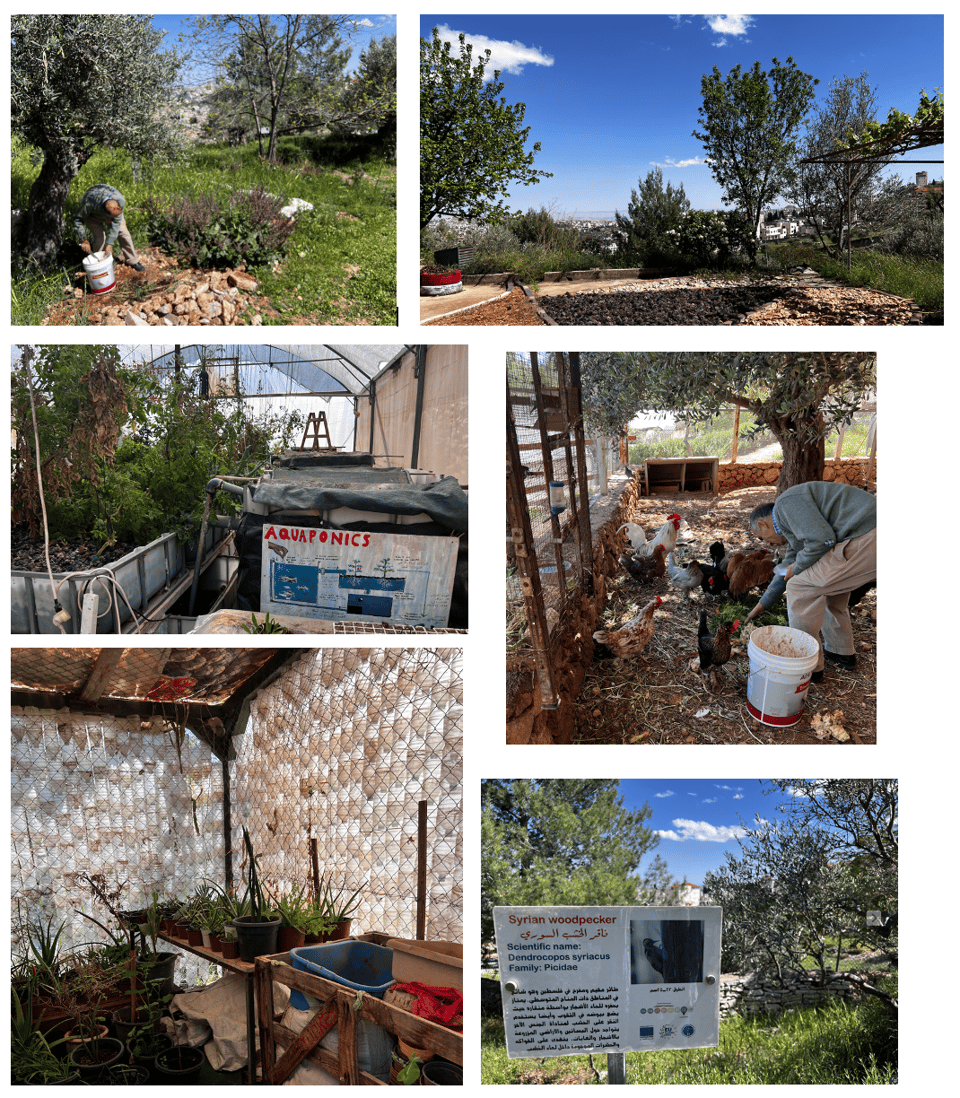
The Institute was founded by two extraordinary people. Dr. Mazin Qumsiyeh (known as Dr. Mazin) is a Palestinian scientist, author, and educator with an extensive background in biology and medical genetics. His many academic accomplishments are matched by his commitment to nonviolent resistance and environmental sustainability. Dr. Mazin previously served on the faculties of the University of Tennessee, Duke, and Yale. He and his wife Jessie returned to Palestine in 2008, and in 2014 they founded the PIBS - with an initial personal donation of $250,000. As full-time volunteers, they continue to run the Institute and the Museum, together with students, volunteers, and a small but very committed staff.
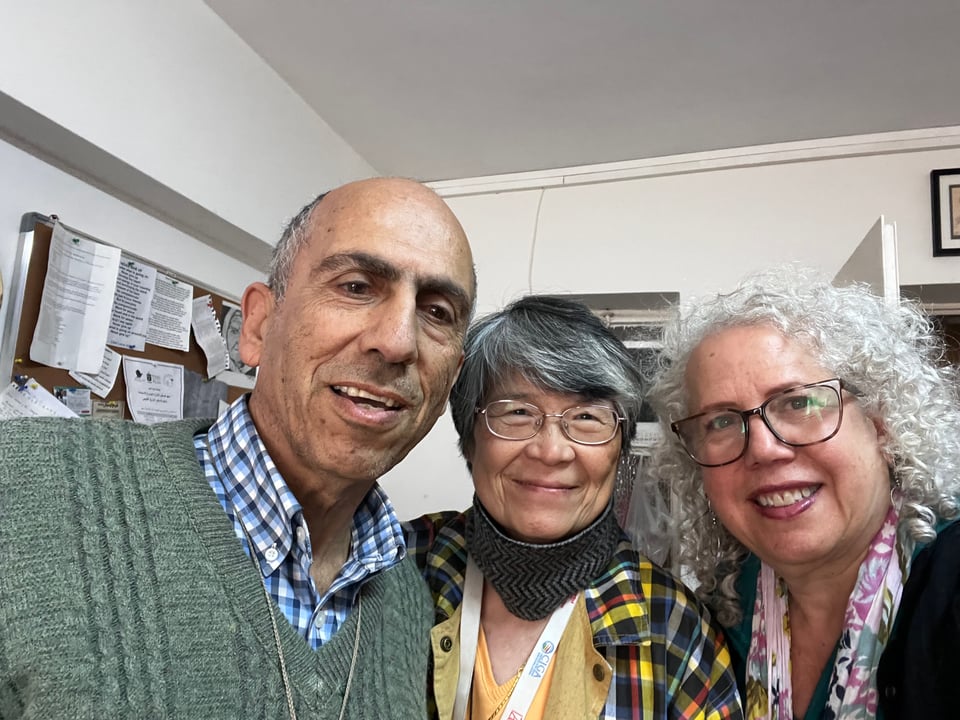
The Institute offers many educational programs, including a new Bachelor’s degree at Bethlehem University in Technology for Environmental Sustainability. Every Friday, the Institute offers a free program for children, which always includes both a theoretical component and a practical one - in other words, there is always learning, and there is always fun. Last week, the program had an Easter theme. The session introduced animals that lay eggs, as a way to explore biodiversity and connections to the natural world. It was followed by an egg hunt, and then an egg coloring activity.
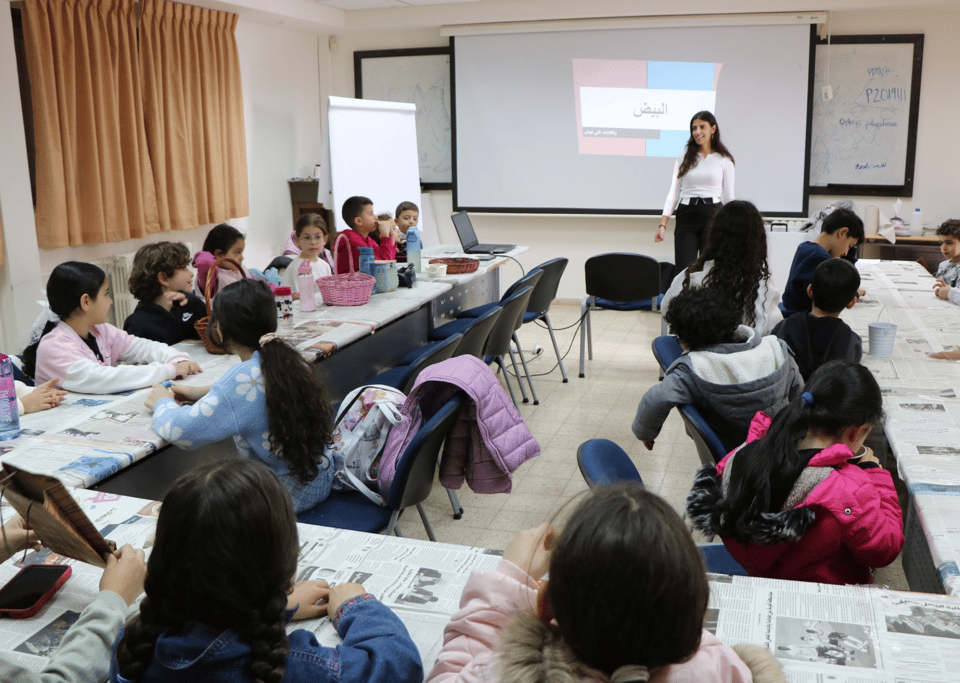
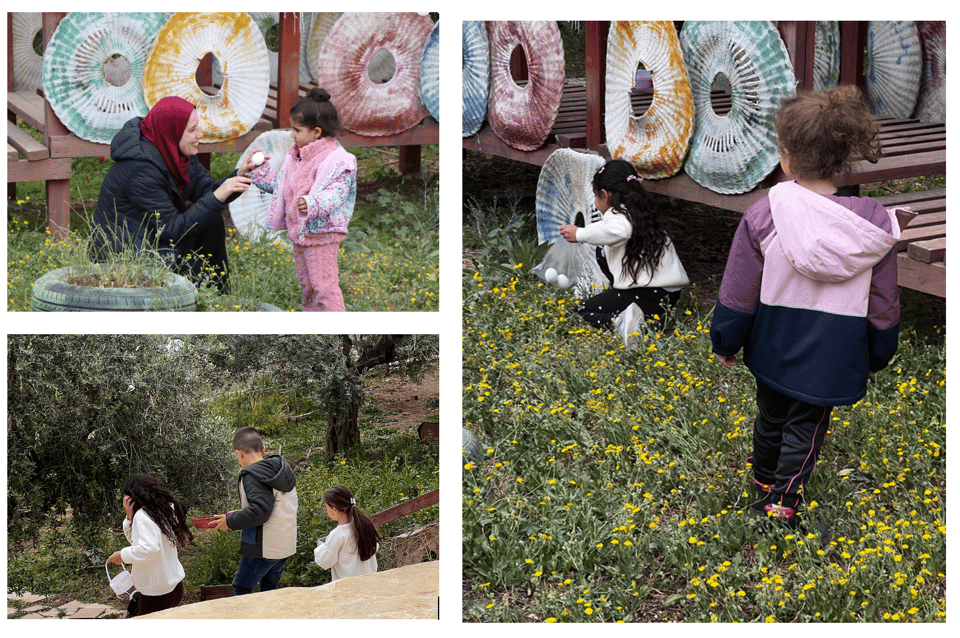
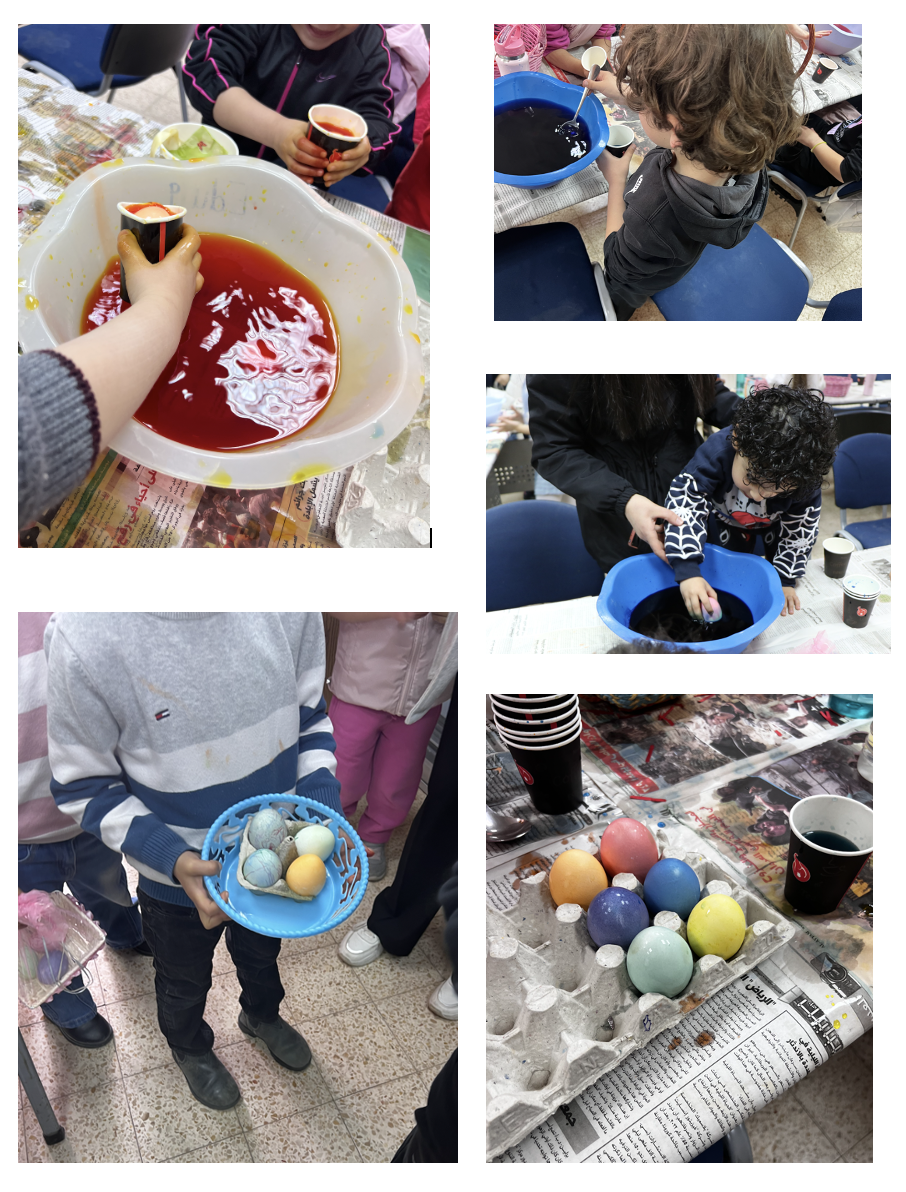
Some good news: the Museum is expanding! There are currently less than 100 square meters for exhibits. The new facility will have 10 times that space - over 1100 square meters. It will feature exhibits about the history of Palestine, including the history of the Nakba and the history of indigenous Palestinian people. With two thirds of funding in place for this ambitious expansion, the Museum hopes to draw millions of visitors over the next ten years. Donations are deeply appreciated, and volunteer opportunities (both in-person and remote) abound.
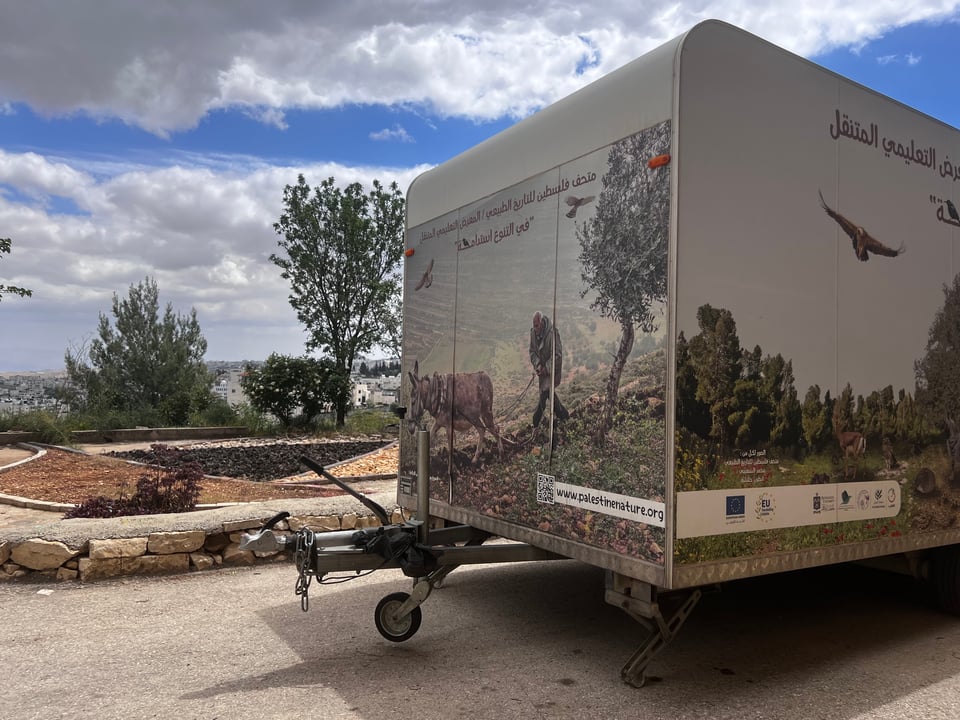
Dr. Mazin writes an informative and often inspirational weekly email packed with information and links (you can subscribe here). This week’s message began with these words: “There is still so much goodness in the world despite the horrors of genocide and ecocide ongoing.” The work of PIBS and PMNH is one example of the goodness in the world, and hope for a better future for Palestine and for our entire planet. Dr. Mazin closes his emails with this important reminder: “Stay Humane and keep hope alive”.
MORE INFORMATION FROM DR. MAZIN:
I’ve heard Dr. Mazin speak many times, and I always learn a lot from him. In this recent talk, he explains that the colonization of Palestine has had a huge impact on the environment. He notes that in 1948, when Israel uprooted over 530 Palestinian towns and villages, they didn’t just destroy the houses - they also destroyed the fields around them, the terraces, and many, many species of trees - tens of millions of almond, fig, and olive trees, carob trees and oak trees. Instead, Zionists planted pine trees. This was often to cover up the remains of destroyed Palestinian villages, and ensure the original inhabitants could not return. (Jason Sherman’s excellent film, My Tree, currently available on Amazon Prime, describes a Jewish man’s search for the tree planted in Israel in honor of his bar mitzvah 40 years earlier.)
Dr. Mazin notes that northern European pine trees were also bad for the environment - they suppressed indigenous ecological diversity, and they are susceptible to fires in the dry climate here. Thus, he explains, the creation of the state of Israel destroyed both biological diversity and human diversity. Before 1948, Palestine was multilingual (44 languages were spoken here), multiethnic, multicultural, and multireligious, with Muslims, Christians, Jews, Bahai, Druze, and others living peacefully together. It was one of the most diverse places on earth, given the size of the country. Unfortunately, the goal of Zionism was to wipe out that diversity, and instead to create a monocultural, monolingual, monoreligious society.
Here is Dr. Mazin’s signature line in his emails:
Mazin Qumsiyeh
A bedouin in cyberspace, a villager at home
Professor, Founder, and (volunteer) Director
Palestine Museum of Natural History
Palestine Institute of Biodiversity and Sustainability
Bethlehem University
Occupied Palestine
http://palestinenature.org
facebook pages
Personal https://www.facebook.com/mazin.qumsiyeh.9
Institute https://www.facebook.com/PIBS.PMNH
You can join his email mailing list here.
Salaam,
Nancy